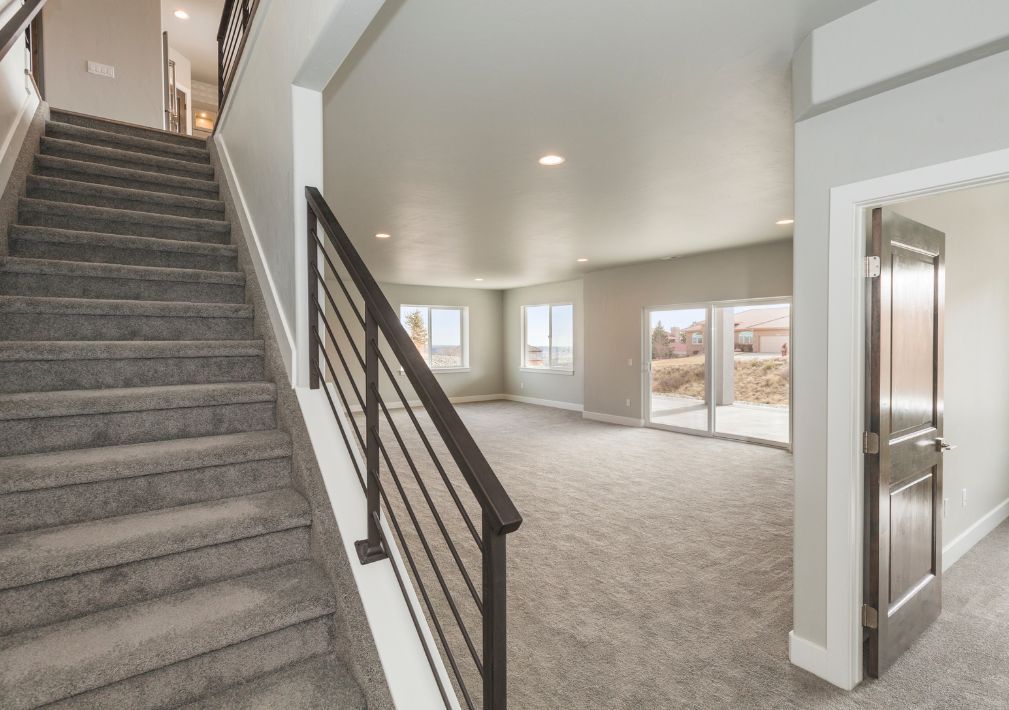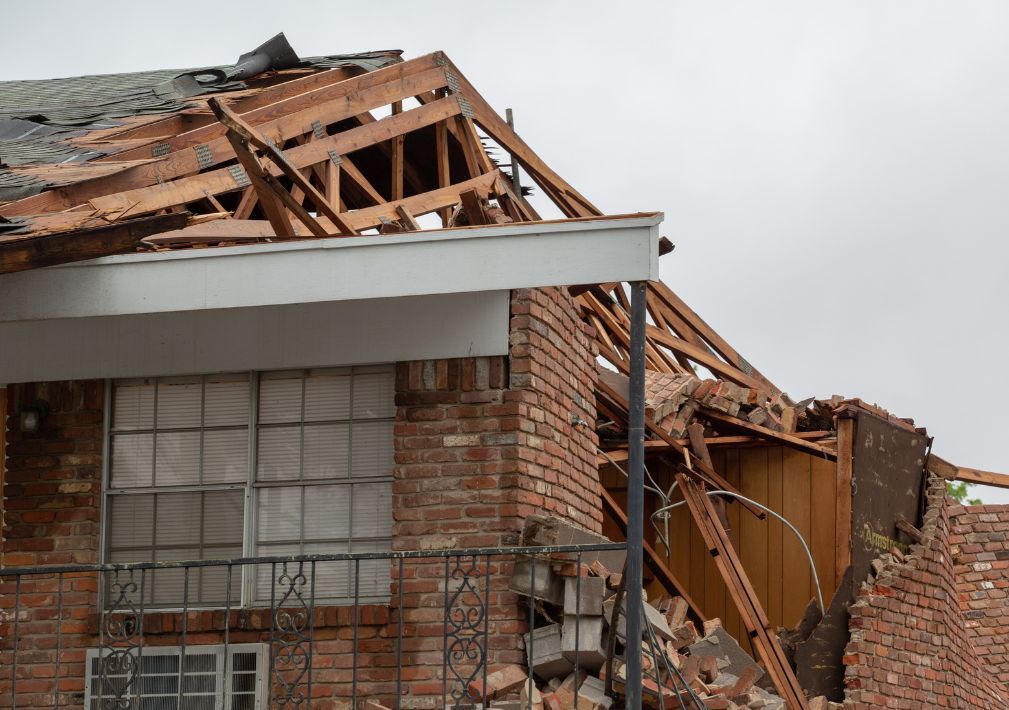What is the Average Cost of Mold Remediation in Summit?

Table of Contents
- 1. Factors That Affect Mold Remediation Costs
- 2. Signs You May Need Mold Remediation
- 3. The Mold Remediation Process Explained
- 4. DIY vs. Professional Mold Remediation
- 5. Health Risks Associated with Mold Exposure
- 6. How to Prevent Mold Growth in Your Home
- 7. Final Thoughts On Mold Remediation in Summit, NJ
- 8. Frequently Asked Questions About Mold Remediation
The average cost of mold remediation in Summit varies anywhere from $500 to $6,000 based on several factors, including the size of the affected area, the type of mold, and the complexity of the removal process. Larger or more severe infestations may cost even more.
Mold remediation is essential to maintaining a safe and healthy indoor environment. Ignoring mold issues can lead to structural damage and health concerns. Understanding the cost factors behind mold remediation can help homeowners budget appropriately and take preventive action.
Factors That Affect Mold Remediation Costs
Mold remediation costs are influenced by multiple factors.
Understanding these can help homeowners budget accordingly and take necessary preventive steps.
A few factors include:
- Size of the affected area – Larger mold infestations require more labor, time, and materials, increasing overall costs.
- Type of mold – Some mold types, such as black mold, require specialized handling, raising remediation expenses.
- Location of the mold – Hidden mold behind walls, ceilings, or flooring demands more extensive work.
- Labor and expertise – Hiring a certified mold remediation specialist, like Voda Restoration North New Jersey, ensures safe and effective removal.
- Testing and inspections – Pre- and post-remediation testing can add to the cost but ensures complete mold elimination.
- Repairs and restoration – Fixing water damage or replacing drywall, insulation, or flooring will add to the total expense.
Mold remediation costs also depend on how quickly you take action. Delayed removal can result in more severe infestations, leading to higher expenses. Considering these factors helps homeowners estimate their potential remediation costs and take early action.
Signs You May Need Mold Remediation
Mold often remains unnoticed until it spreads significantly. Recognizing the early signs can save homeowners from costly damage.
- Musty odor – A persistent, damp smell could indicate hidden mold.
- Visible mold patches – Green, black, or white spots on walls, ceilings, or floors.
- Water damage – Stained or warped walls, peeling paint, and discoloration.
- Health symptoms – Increased allergies, coughing, skin irritation, or respiratory issues.
- Condensation and moisture issues – Excess humidity can promote mold growth, especially in poorly ventilated areas.
Ignoring these signs can result in more significant infestations that are costly to remediate.
If you notice any of these signs, contact Voda Restoration North New Jersey for an inspection.
The Mold Remediation Process Explained
Understanding the mold remediation process helps homeowners prepare for what to expect.
The process includes:
- Inspection and assessment – Professionals evaluate the mold problem and determine the best course of action.
- Containment – Barriers and air filtration systems prevent mold spores from spreading.
- Mold removal – Cleaning and disinfecting affected areas using specialized equipment and solutions.
- Air purification and drying – Dehumidifiers and air scrubbers remove excess moisture and improve air quality.
- Repairs and restoration – Damaged materials may need replacing to prevent future mold growth.
- Final testing – Ensuring the mold has been completely removed and will not return.
This process can take anywhere from a few days to a week, depending on the severity of the infestation.
Working with Voda Restoration North New Jersey ensures that all steps are followed thoroughly, preventing mold from coming back.
DIY vs. Professional Mold Remediation
Some homeowners attempt DIY mold removal, but professional services offer more reliable results.
- DIY Mold Remediation:
- Suitable for small, surface-level mold issues.
- Requires household cleaners and protective gear.
- Risk of incomplete removal and mold regrowth.
- May not address the root cause of the mold problem.
- Professional Mold Remediation:
- Necessary for larger or hidden mold infestations.
- Uses advanced equipment and techniques for complete removal.
- Provides long-term solutions and prevents recurrence.
- Ensures safe removal and disposal of mold-infested materials.
While DIY methods may seem cost-effective, improper removal can worsen the problem.
Health Risks Associated with Mold Exposure
Exposure to mold can cause various health problems, especially for individuals with allergies or respiratory conditions.
- Common Symptoms: Coughing, congestion, headaches, skin irritation.
- Severe Reactions: Difficulty breathing, chronic fatigue, lung infections.
- Long-Term Effects: Prolonged exposure to toxic mold can lead to serious respiratory issues.
- Vulnerable Populations: Children, elderly individuals, and those with weakened immune systems are at higher risk.
- Mental Health Impact: Studies suggest mold exposure can contribute to brain fog, anxiety, and depression.
Protecting your home from mold ensures a healthier living environment. If you suspect mold is growing in your home, address it immediately with the help of Voda Restoration North New Jersey.
How to Prevent Mold Growth in Your Home
Preventing mold requires proactive measures to keep moisture under control. Here are some effective ways to reduce the risk of mold in your home:
- Fix leaks immediately – Whether it’s a dripping faucet or a leaking roof, addressing leaks promptly prevents mold from forming.
- Improve ventilation – Ensure proper airflow in bathrooms, kitchens, and basements to reduce moisture buildup.
- Use dehumidifiers – Keeping indoor humidity levels below 50% can significantly limit mold growth.
- Clean regularly – Dust and wipe down surfaces, especially in damp areas, to prevent mold spores from settling.
- Use mold-resistant materials – When renovating, opt for mold-resistant drywall, paint, and insulation.
- Inspect for water damage – Regularly check basements, attics, and under sinks for signs of leaks or condensation.
Taking these preventive steps can help homeowners avoid costly mold remediation.
If you need expert guidance, Voda Restoration North New Jersey can assist with inspections and recommendations.
Final Thoughts On Mold Remediation in Summit, NJ
The cost of mold remediation in Summit depends on multiple factors, including the extent of the mold problem and necessary repairs. Early detection and professional remediation can save homeowners time and money while ensuring a safe and healthy home.
If you suspect mold in your home, don’t wait. Contact Voda Restoration North New Jersey for professional assessment and remediation services.
Frequently Asked Questions About Mold Remediation
How long does mold remediation take?
Mold remediation timelines vary based on the severity of the infestation. Minor cases may take 1-3 days, while larger problems could take up to a week. Contact Voda Restoration North New Jersey for an estimate based on your specific situation.
Does homeowners insurance cover mold remediation?
Insurance coverage depends on the cause of the mold. Sudden water damage, like a burst pipe, is often covered, but mold from long-term moisture issues may not be. Check with your insurer and consider reaching out to Voda Restoration North New Jersey for guidance.
How can I prevent mold growth in my home?
Prevent mold by controlling moisture levels. Fix leaks, improve ventilation, and use dehumidifiers in damp areas. Regular inspections from professionals like Voda Restoration North New Jersey can also help detect early signs of mold.
More Blogs
Categories




